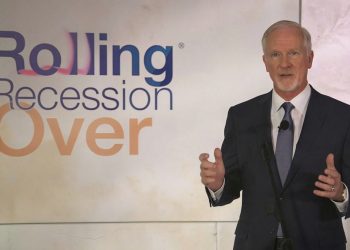
Morocco has solidified its status as a global automotive powerhouse, doubling production to one million vehicles in 2025, according to El Economista. As Africa’s leading hub, it surpasses several European nations, driven by strategic investments, modernized infrastructure like Tanger Med, and major players like Renault and Stellantis. The $7.7B Nador West Med port, set for 2027, enhances its logistics edge, positioning Morocco as a pivotal link in the global automotive value chain, subtly challenging Spain’s port dominance.
The Spanish daily credits Morocco’s rise to a potent mix of political decisions and multi-billion-dollar projects. Geographic proximity to Europe, a skilled and cost-competitive workforce, and a favorable fiscal framework attract international investors. The Nador port’s development, backed by U.S. agreements, could redirect maritime traffic, hinting at a broader strategy to reshape global trade flows while fostering industrial cooperation with Spain.
Beneath this triumph lies a cryptic narrative. King Mohammed VI’s vision extends beyond assembly, aiming for high-value production. The Nador port’s 2027 debut could disrupt Spanish logistics, quietly shifting economic power.
This veiled ambition suggests Morocco is crafting a mysterious role as a global trade nexus, balancing competition and collaboration with Europe. Recent data shows automotive exports hit $14B in 2023, with 80% targeting Europe, underscoring its growing influence.
Spain’s watchful eye reveals a dual perspective: Morocco as both a rival and a partner. The kingdom’s trajectory, driven by unseen alliances and strategic ports, hints at a deeper, enigmatic plan to dominate global markets.







